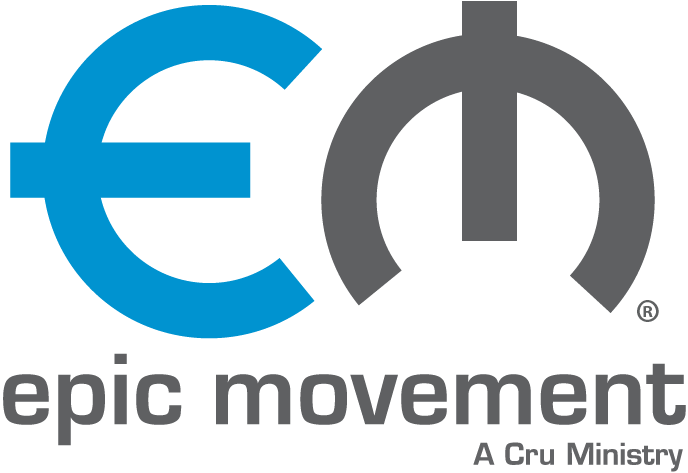
OUTCOMES
To give greater appreciation of the history and importance of the Asian American story.
To increase knowledge of where our stories intersect the Asian American story.
WHY?
“Without a knowledge and understanding of one’s past, it is impossible to move forward in meaningful ways.”
-T. Cher Mou (Crossing the River: One Man’s Journey from Darkness to Light)
A page or a paragraph in a history book. Whispers of a model minority. The Asian American story is so much more than what we heard about or learned while growing up. We have a rich history and important place in the greater narrative. Fourth generation, refugee, adoptee, multi-racial, second generation, you are an important part of the Asian American story.
Together, we want to learn more about the Asian American story, why it’s important, and how and why everyone has meaning and purpose.
Watch “Are All Asians Rich? | Decoded“
Read over the Asian American Timeline
Discuss or reflect on the questions below
(Beyond Model Minority Faith (Participant/Leader))
1587 – 1907: Filipinos, Chinese, Japanese migrate to America
1890: Chinese Exclusion Act is passed, the first ever immigration law created in the United States excluding one specific ethnic group from entering the country.
1910: Angel Island opens as a major immigration station, detaining and interrogating predominantly Chinese and Japanese immigrants arriving to the US from 1910-1940.
1913: California bans Japanese immigrants (“Issei”) from purchasing land. Land begins to get purchased in the names of U.S. born children (“Nissei”).
1923: U.S. v. Bhagat Singh Thind declares Indians ineligible for naturalized citizenship.
1924: Immigration Act of 1924 (Oriental Exclusion Act) passes and bans most immigration from Asia. The quota for most Asian countries is zero.
1928: Filipino farm workers are driven out of Yakima Valley, Washington.
1933: Filipinos are ruled ineligible for citizenship barring immigration and could no longer marry White people.
1942: President Roosevelt signs Executive Order 9066, uprooting 100,000 Japanese people to be sent to Incarceration “internment” camps.
1968: Historian Yuji Ichioka coins the term Asian American to replace “Orientals” and frame a new “inter-ethnic-pan-Asian American self-defining political group,” and co-founds the Asian American Political Alliance with Emma Gee at UC Berkeley.
1968: Third World Liberation Front, a coalition of student groups, forms to go on strike in demand of a more diverse and less Eurocentric curricula. Asian American studies is created and taught for the first time at San Francisco State University, UC Berkeley, and UCLA.
1975: More than 130,000 refugees enter the U.S. from Vietnam, Kampuchea, and Laos as Communist governments are established there following the end of the Indochina War.
From an educational standpoint (before college):
Which people’s history did you learn the most?
Which histories did you learn the least?
Where does Asian American history fit into what you learned?
What do you know of your family’s immigration/migration story?
Where do you see your family fitting into the timeline of Asian American history? If so, how does that story shape your perspective today?
Ancestry has both genetic and cultural aspects. We are culturally influenced by our ancestors who have passed their cultures down to us. What are some of those influences? (Cultural Conversation Cards)
What people groups do you not see represented in the content above?
With the above content in mind, read Ephesians 1:3-14 and reflect on the T. Cher Mou quote above.
How would knowing where you have come from, shape where you are headed in the future?
What other questions do you have?
PBS – Asian Americans (3 Parts) // PBS AA history in 4 mins
Beyond Model Minority Faith (Participant/Leader)
Jocelyn Chung’s Model Minority Myth Graphic


Recent Comments